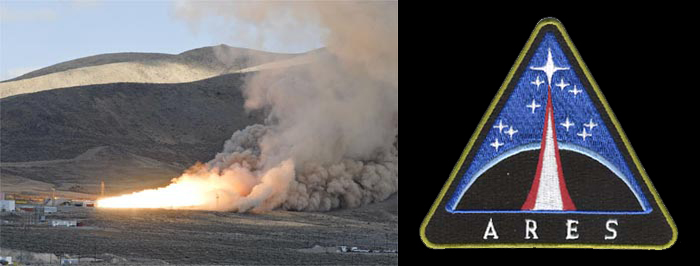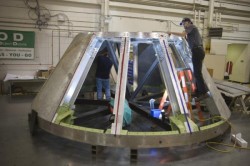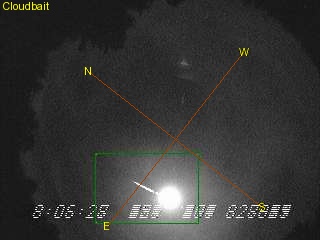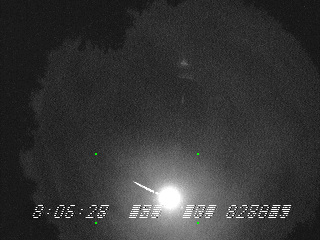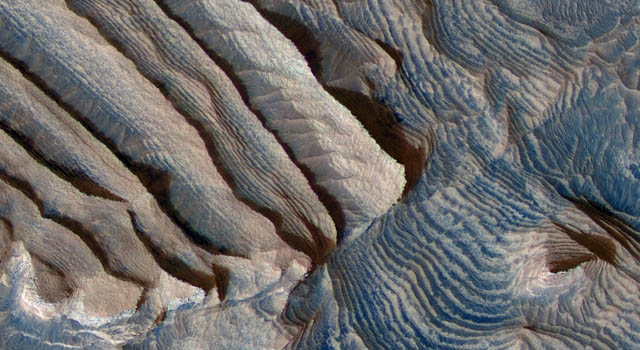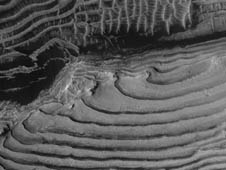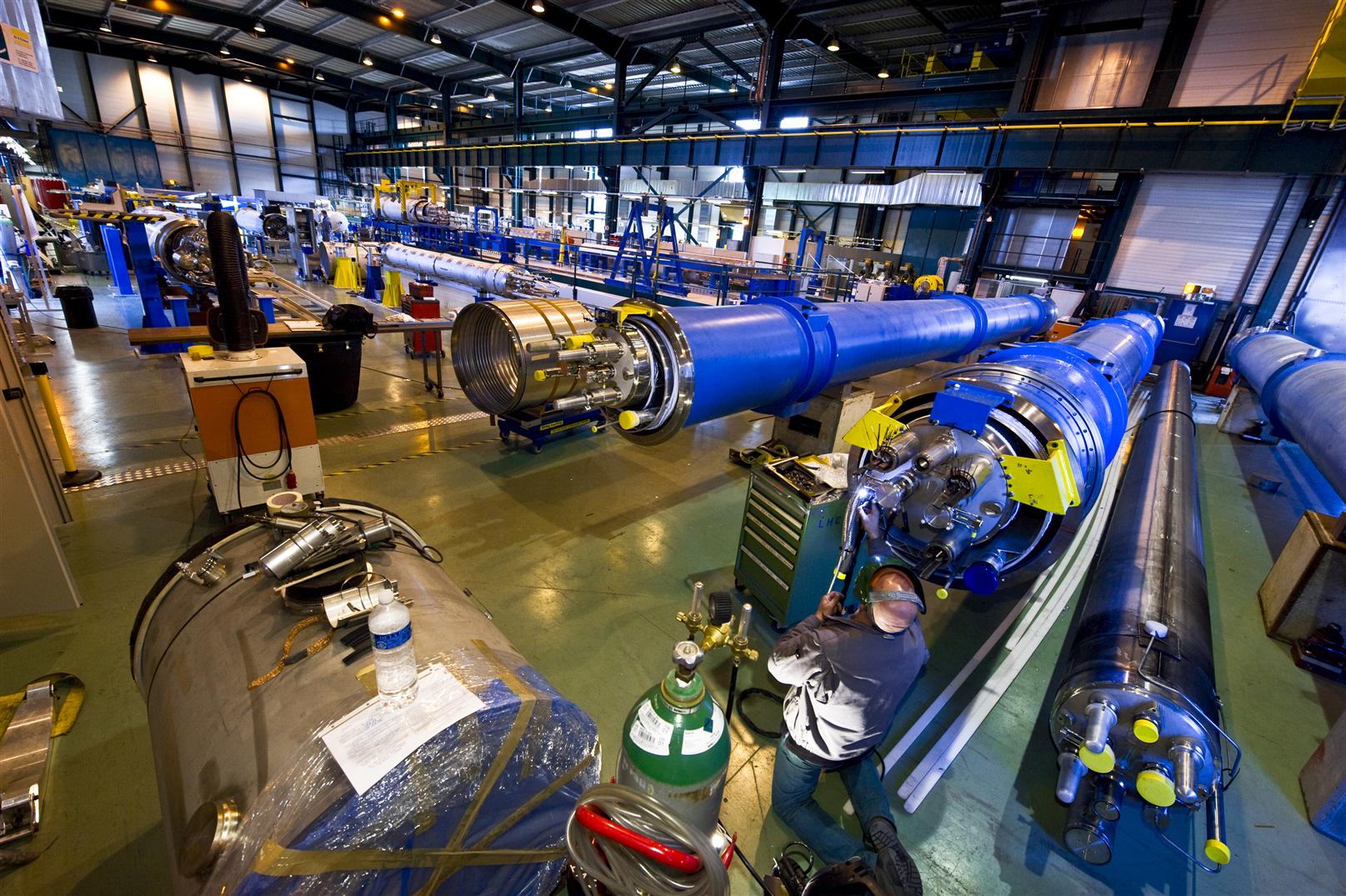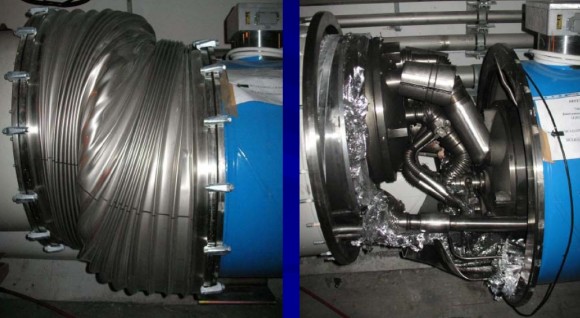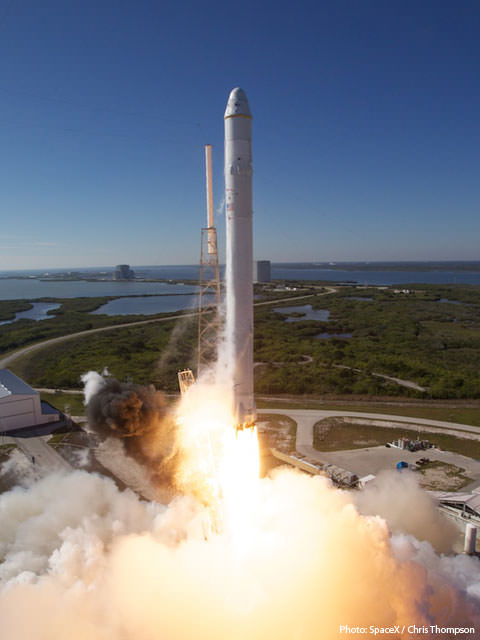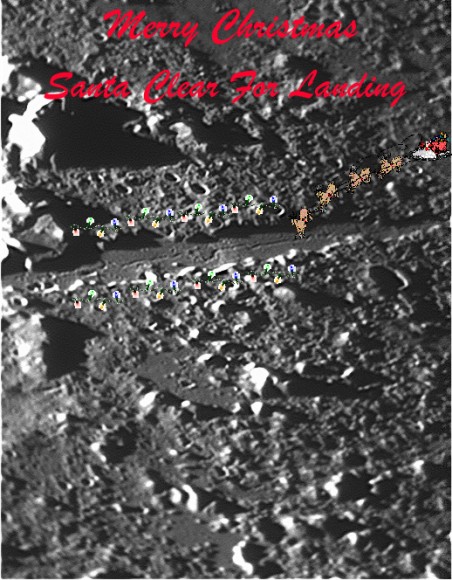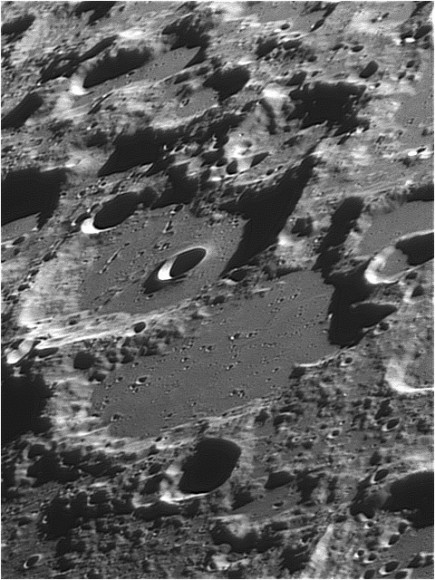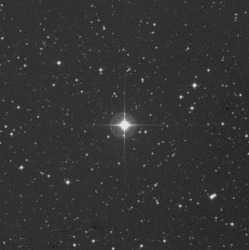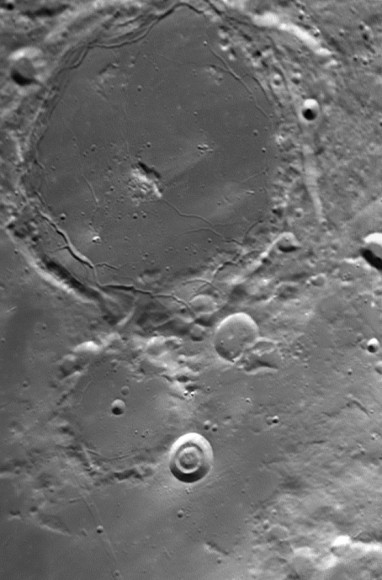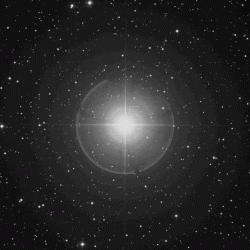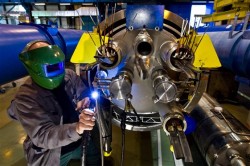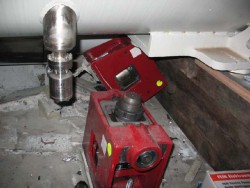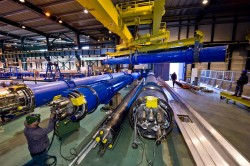The constellation of Monoceros was originally charted on a work done by Petrus Plancius in the early 1600s for its biblical references, but its first historical reference appears in Jakob Bartsch’s star charts created of 1624 where it was listed as Unicornu. There is also a possibility, according to Heinrich Wilhelm Olbers and Ludwig Ideler’s work with older astrological charts, that Monoceros could have been referred to as “the Second Horse” – while historian Joseph Justus Scaliger also makes reference to it in his (mid 1500s) work with Persian astrological records. Regards of its origins, Monoceros was adopted as one of the 88 modern constellations by the International Astronomical Union in 1930 and remains on the charts today. It is a relatively dim constellation that consists of 4 main stars in its primary asterism and contains 32 Bayer Flamsteed designated stars within its confines. Monoceros spans approximately 482 square degrees of sky and is bordered by the constellations of Canis Minor, Gemini, Hydra, Lepus, Orion and Puppis. It is visible to all observers located at latitudes between +75° and ?85° and is best seen at culmination during the month of February.
There is one annual meteor shower associated with Monoceros which peaks on or about December 10 of each year – the Monocerids: The radiant for this meteor shower occurs near the border of Gemini and averages about 12 meteors per hour at maximum fall rate. It is best viewed when there is little to no Moon to interfere with the faint streaks and activity is at its most when the constellation reaches the zenith.
Because Monoceros is a relatively “new” constellation, there isn’t any mythology associated with it – but the Unicorn itself has a long history of mystery. You’ll not find this creature mention anywhere in mythology, but everywhere else! The unicorn is mention in the Bible, in accounts of natural history, in Chinese lore, Ethiopian artwork, medieval stories and religious art. It is depicted as a one-horned horse, thought to have existed somewhere at the edge of the known Earth.. and it still exists roaming the edges of the celestial sphere just between the northern and southern ecliptic plane. Fable or folklore? No matter which, it’s filled with many great and starry delights!
Let’s begin our binocular tour of Monoceros with its primary star – Alpha Monocerotis – the “a” symbol on our map. Hanging out in space some 144 light years from Earth, it’s not the brightest star in the constellation, nor is it particular special. Alpha is just another orange/yellow helium-fusing giant star, not a whole lot different than ours. Averaging about 11 times larger than our Sun and putting out about 60 times more light, Alpha’s hydrogen fuel tank went to empty about 250 million years ago. Now it just waits quiety, waiting for its helium shell to fade away… ready to spend the rest of its life as just another dense white dwarf star.
Now, take a look at Beta Monocerotis – the “B” symbol on our map. If you think it’s slightly brighter – you’re right. That’s because Beta has some help from two other stars, too! Put your telescope Beta’s way and discover what Sir William Herschel called “one of the most beautiful sights in the heavens”. This fantastic triple star star system is located about 690 light years from our solar system. As you watch it slowly drift by the eyepiece, you’ll know the names of the stars by which leave sight first… from west to east they are A, B and C. In this circumstance, it is believed the B and C stars orbit each other and the A star orbits this pair. All three are about 34 million years old and all three are dwarf stars. Close to each other in magnitude, this trio of hot, blue/white B3 stars each run a temperature of about 18,500 Kelvin and shine anywhere from 3200 down t0 1300 times brighter than our own Sun and spinning on their axis up to 150 times faster. A real triple treat!
For binoculars, have a look at visual double star Delta Monocerotis – the “8” symbol on our map. Located 115 light years from our solar system, this cool pair is worth stopping by – just to see if you can resolve it with your eyes alone! Don’t forget to try Epsilon Monocerotis, too. The backwards “3” on our map. Larger, steady binoculars may separate it and it’s easy for a smaller telescope. This is a very pretty gold and yellow combination binary star, seperated by about two magnitudes. You’ll find it on a number of observing lists. While there, take a look just two degrees northwest of Epsilon for T Moncerotis. This is a great Cepheid variable star with a period of 27 days and a magnitude range of 6.4 to 8.0. Those are the kinds of changes you can easily notice!
Our first deep sky binocular and telescope target will be magnificent Messier 50 (RA 07:03.2 Dec -08:20). This splendid open star cluster averages around magnitude 6 and was logged on April 5, 1772 by Charles Messier in his catalog on deep sky objects. Located about about 3,200 light years from Earth, it spans about 20 light years of space and contains about 200 stars. Inside this 78 million year old cloud is at least one red giant star – located just a little bit south of central. Can you spot it? How about the smattering of yellows amid the blue/whites?
Now head for equally bright NGC 2301 (6:51.8 Dec +00:28). This easily resolvable chain of stars can be seen in binoculars, but requires a telescope to resolve its individual members. Smaller telescopes will notice at least 30 members, while larger aperture can detect many more from this 80 member galactic star cluster. Located about 2500 light years away, be sure to see if you notice color in the stars here, too. This intermediate age open cluster has been studied for short-term variable stars and chemically peculiar stars. You’ll find this one on many challenging observing lists, too!
Time to hop to NGC 2244 (RA 6:32.4 Dec +04:52). The “Rosette Nebula” is a fine target for either telescopes or larger binoculars at a combined magnitude of 5. But, remember, combined magnitude isn’t true brightness! You’ll find the nebula here is quite faint and requires a good, dark, Moon-less sky. NGC 2244 is a star cluster embroiled in a reflection nebula spanning 55 light-years and most commonly called “The Rosette.” Located about 2500 light-years away, the cluster heats the gas within the nebula to nearly 18,000 degrees Fahrenheit, causing it to emit light in a process similar to that of a fluorescent tube. A huge percentage of this light is hydrogen-alpha, which is scattered back from its dusty shell and becomes polarized. While you won’t see any red hues in visible light, a large pair of binoculars from a dark sky site can make out a vague nebulosity associated with this open cluster. Even if you can’t, it is still a wonderful cluster of stars crowned by the yellow jewel of 12 Monocerotis. With good seeing, small telescopes can easily spot the broken, patchy wreath of nebulosity around a well-resolved symmetrical concentration of stars. Larger scopes, and those with filters, will make out separate areas of the nebula which also bear their own distinctive NGC labels. No matter how you view it, the entire region is one of the best for winter skies.
Now for NGC 2264 (RA 6:41.1 Dec +09:53). Larger binoculars and small telescopes will easily pick out a distinct wedge of stars. This is most commonly known as the “Christmas Tree Cluster,” its name given by Lowell Observatory astronomer Carl Lampland. With its peak pointing due south, this triangular group is believed to be around 2600 light-years away and spans about 20 light-years. Look closely at its brightest star – S Monocerotis is not only a variable, but also has an 8th magnitude companion. The group itself is believed to be almost 2 million years old. The nebulosity is beyond the reach of a small telescope, but the brightest portion illuminated by one of its stars is the home of the Cone Nebula. Larger telescopes can see a visible V-like thread of nebulosity in this area which completes the outer edge of the dark cone. To the north is a photographic only region known as the Foxfur Nebula, part of a vast complex of nebulae that extends from Gemini to Orion.
Northwest of the complex are several regions of bright nebulae, such as NGC 2247, NGC 2245, IC 446 and IC 2169. Of these regions, the one most suited to the average scope is NGC 2245 (RA 6:32.7 Dec +10:10), which is fairly large, but faint, and accompanies an 11th magnitude star. NGC 2247 is a circular patch of nebulosity around an 8th magnitude star, and it will appear much like a slight fog. IC 446 is indeed a smile to larger aperture, for it will appear much like a small comet with the nebulosity fanning away to the southwest. IC 2169 is the most difficult of all. Even with a large scope a “hint” is all!
Now, get out there and capture NGC 2261 (RA 6:39.2 Dec +08:44). You’ll find it about 2 degrees northeast of star 13 in Monoceros. Perhaps you know it better as “Hubble’s Variable Nebula”? Named for Edwin Hubble, this 10th magnitude object is very blue in appearance through larger apertures, and a true enigma. The fueling star, the variable R Monocerotis, does not display a normal stellar spectrum and may be a proto-planetary system. R is usually lost in the high surface brightness of the “comet-like” structure of the nebula, yet the nebula itself varies with no predictable timetable – perhaps due to dark masses shadowing the star. We do not even know how far away it is, because there is no detectable parallax!
There are many other wonderful objects in Monoceros just waiting for you to discover them… So get a good star atlas and go hunting the Unicorn!
Sources: Chandra Observatory, Wikipedia
Chart Courtesy of Your Sky.



